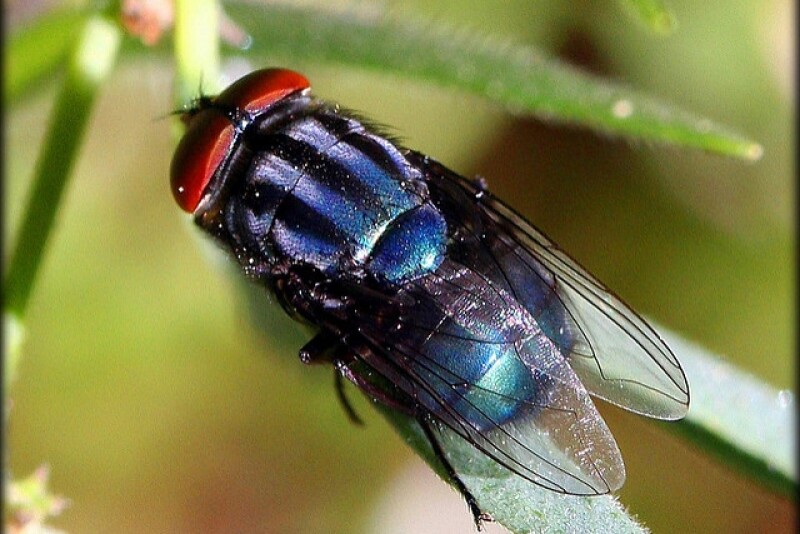A tough week for the cattle market was on track to end on an emphatically down note Friday, with live and feeder cattle futures tumbling the daily limit after Mexico President Claudia Sheinbaum said the country’s agriculture minister would meet next week in Washington with USDA Secretary Brooke Rollins with the aim of reopening the U.S. border to feeder cattle imports.
Feeder cattle futures were down $9.25, the daily limit, dropping the most-active January contract to $348.175. It’s shed over $21 in the last five days, a drop of 5.7%. The December live cattle contract was down its daily limit of $7.25 at $233.925.
The carnage, however, began last Friday after President Donald Trump said the administration had come up with a plan to lower beef prices, leading live and feeder cattle futures to gap lower to start the week on the daily charts.
Further pressure was felt this week after Trump, in a social media post, lashed out at cattle producers who criticized plans to import more beef from Argentina. The administration, over industry objections, announced a plan to quadruple the quota of tariff-free beef that can be imported from Argentina to 80,000 metric tons – an amount analysts and economists say is unlikely to significantly move the needle on U.S. beef prices.
In his post, Trump took credit for soaring cattle prices, saying they were the result of tariffs on beef imports. That sparked pushback from producers and others who noted that a series of droughts that have sharply reduced the U.S. herd, strong and sustained consumer demand and a ban on feeder cattle imports from Mexico amid an outbreak of New World Screwworm in that country, have been bigger drivers of the rally.
Could it happen?
“It’s become very apparent this week that USDA is looking at every possible thing they can do around scrutiny on cattle and beef markets,” said Dr. Derrell Peel, Extension livestock marketing specialist at Oklahoma State University, in a phone interview. “You have to believe there’s at least a chance they decide the threat isn’t as big as we thought and open the border.”
But the market reaction appears to be driven more by psychology than fundamentals, particularly with cattle futures vulnerable to a pullback after this year’s strong rally, he said.
Opening the border to feeder cattle imports would be more meaningful than the Argentina beef imports, which are largely inconsequential, Peel said. But the overall market impact would likely be muted, he said.
“It’s important at the margin, but it’s not the reason we have record high prices,” Peel said, noting that Mexican imports have historically represented around 3% to 3.5% of feeder supply – a historical level of around 1.1 million to 1.2 million head a year. A few thousand head were imported earlier this year before the border was closed again. If the border remains closed for the rest of the year, total imports would be around 700,000 to 800,000 head. A reopening would have a minimal impact, he said, though it would be felt more in the southern Plains.
Also, movement would likely be quite slow, meaning it would take some time for the market to discern any impact at all.
Mexico, he noted, is dealing with a large backlog of cattle and is attempting to absorb them back into the market. Those cattle won’t be prepared for export – a process that takes some time. Mexican producers may also be wary given the expense involved in prepping for exports, particularly given the stop and go nature of recent efforts to open the border.
The USDA’s Animal and Plant Health Inspection Service closed the U.S.-Mexico border to livestock imports in November of last year following the reemergence of New World Screwworm in Mexico. The border reopened in February, but imports were suspended again in May after the pest continued to spread northward. In July, USDA scrapped a plan for a phased reopening of southern ports after the pest was detected just 370 miles south of the U.S.-Mexico border.
The bottom line, Peel said, is that the market is dealing with the smallest calf crop since 1941 and a continued lack of heifer retention that would point to herd rebuilding.
The market, in the meantime, is reacting to headlines and social media posts, Peel said, adding that the “futures market’s job is to anticipate the worst.” A break from the barrage of negative news would likely allow for a significant rebound, he said.

